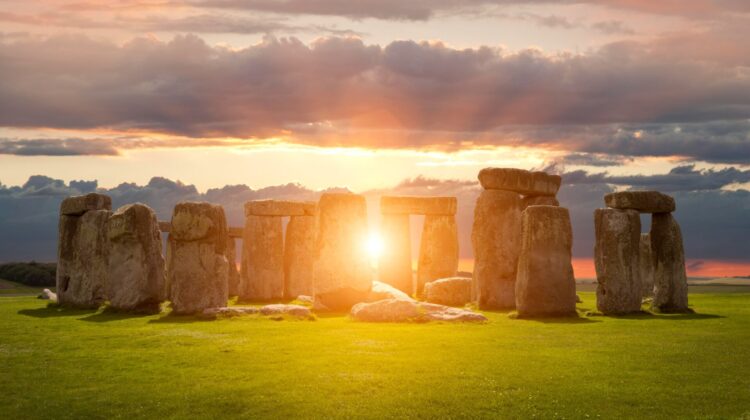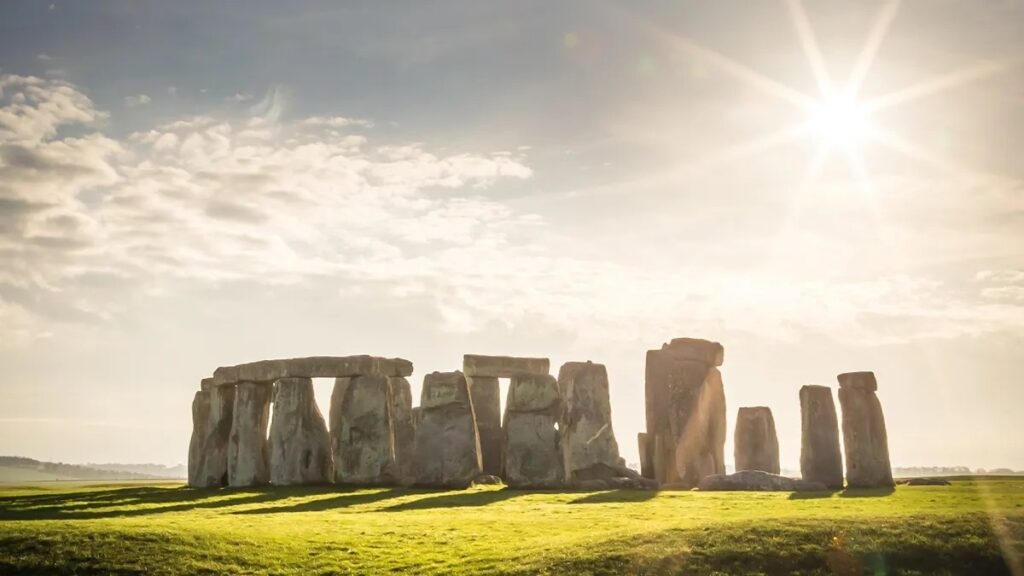
Five millennia on, Stonehenge at the summer solstice is still the place to be.
Today, June 20, is the solstice, marking the longest day and shortest night in the Northern Hemisphere. This year’s solstice arrives slightly earlier than usual, the earliest since the late 1700s, signaling the start of summer north of the Equator. In the Southern Hemisphere, the season shifts toward winter.
Cultures have celebrated this celestial event for millennia, with Stonehenge being the most iconic site for such observances. The megalithic monument, located on Salisbury Plain in Wiltshire, was constructed about 5,000 years ago and has long held significant importance.
Transporting enormous stones for tens of miles—and smaller ones for hundreds of miles—to build this remarkable structure indicates its profound significance. The circle of stones and some stones outside the circle are strategically aligned with the Sun’s cycle.

Image credit: Kevin Lavorgna/Shutterstock.com
“Stonehenge is built on a solstice alignment, a solar alignment. What happens is that at what we call Midsummer, the Sun rises in the northeastern horizon, comes up on the side of the ‘Heel Stone’ and shines right into the centre here, and lands on the stone that we know as the ‘Altar Stone’,” Heather Sebire, senior property curator of Stonehenge, explained.
The exact role of the “Altar Stone” remains uncertain. It’s a sandstone slab, distinct from the other stones, positioned almost centrally but along the solstice alignment axis. While its specific function is still being studied, it undoubtedly played a part in the rituals at Stonehenge. Researchers are also investigating its geological origins.
Sebire noted that while much has been learned about Stonehenge and its ancient users, there is still much to discover. One ongoing study explores a potential alignment with the Moon during a period called the lunar standstill, which is currently occurring. Stonehenge plans to livestream the moonrise on June 21, 2024.
During the summer solstice, thousands of people gather within the stone circle to witness the sunrise, continuing a tradition that spans millennia. Although the midsummer solstice is significant, researchers believe the midwinter solstice alignment might have been equally, if not more, important. At the Altar Stone’s position, the winter solstice sunset aligns perfectly between the stones.
“At midwinter, if you stand in the center, you could have watched the Sun setting down to the southwest horizon,” Sebire added. “It was probably more important. Because they would have known it was like the turning of the year, and the days would get longer.”
It’s no surprise that Stonehenge continues to captivate many, offering a glimpse into the lives and rituals of the ancient people who constructed and used this monumental site.

Leave a Reply